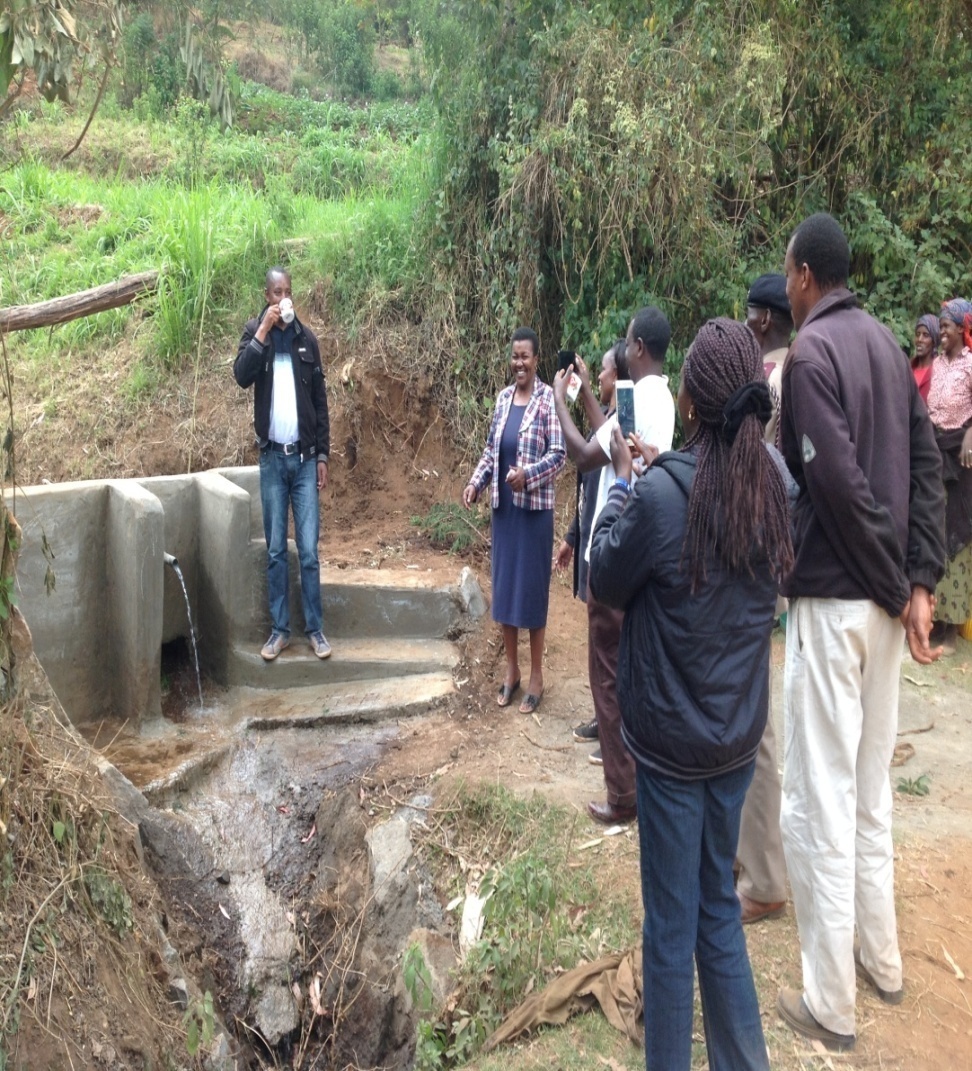An Overview Of Our Solution
- Population Impacted:
- Continent: Africa
Organization type
Population impacted
Size of agricultural area
Production quantity
People employed
Describe your solution
Describe your implementation
External connections
What is the environmental or ecological challenge you are targeting with your solution?
Describe the context in which you are operating
Kenya’s agricultural area extends over 48% of total land use in the country. While 78% of this is captured as meadows and pastures, the remaining 22% is dedicated to agriculture made up of arable land (21%) and permanent crops (1%).The most important agricultural regions are located in Central, Western and Rift Valley areas. The great majority of farming systems are small scale and rain fed, with farmers owning an average of 0.2 to 3 ha of land. Small scale farming is characterized by a mixed crop- livestock system and partially commercial production occupies approximately one third of the country’s land area. These systems account for 78% of total agricultural production.Kenyan agriculture faces productivity and food security challenges tied to a lack of inputs and irrigation, limited access to markets, market information and extension/training services all which thwart agricultural investments and create further gender inequalities and inequities
Accelerated population growth and an annual growth rate of 2.59% from 2008 to 2014 has led to a growing demand for food and natural resources. At the same time rural migration and adverse climatic conditions have led to lower agricultural productivity and a shift to non farm income generating activities.
How did you impact natural resource use and greenhouse gas emissions?
Language(s)
Social/Community
Water
Food Security/Nutrition
Economic/Sustainable Development
Climate
Sustainability
This work can be replicated in other micro catchments, catchments and other countries.
Sustainability
To ensure sustainability of the activities and continuous income generation, we had several strategies
1. Formed a bee farmer cooperative for collective marketing of their honey and bee products.
2. Supported fish farmers in Kinangop area to come up with a marketing strategy and a business plan as well as execute it.
3. Trained six youth groups on environmental conservation engaged them in carrying out youth for SLM sub component.
4. Awareness creation in environmental conservation led to planting of many fruit trees.
5. Collaboration established with Government officers, financial institutions and other service providers
Return on investment
Entrant Banner Image
